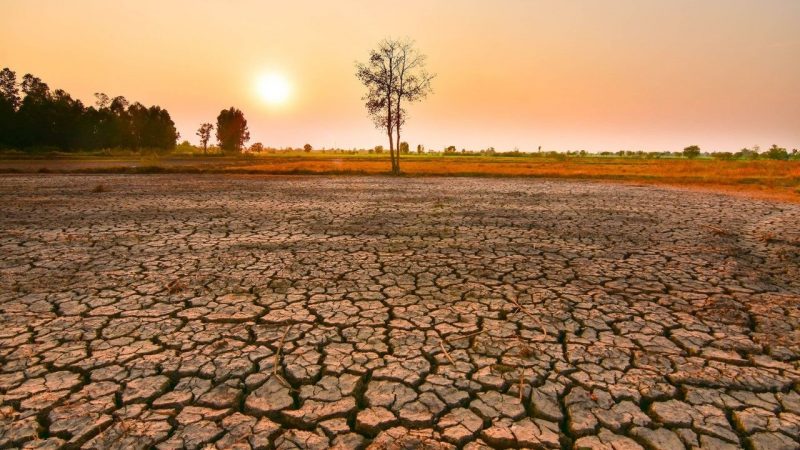The Philippine Atmospheric, Geophysical and Astronomical Services Administration (Pagasa) has highlighted the deepening influence of El Niño, evident through climatic observations and analyses revealing an abnormal rise in sea surface temperatures across the equatorial Pacific.
“El Niño is displaying a trend towards increased potency in the upcoming months,” remarked Esperanza Cayanan, Acting Head of Pagasa.
Cayanan indicated that the prevailing warmer-than-usual sea surface temperatures spanning the central and eastern equatorial Pacific denote the presence of a mild El Niño, which is anticipated to evolve into a more pronounced, possibly strong, manifestation by the latter part of 2023.
Camarines Norte is projected to encounter drought conditions by year-end, as forecasted by the agency.
El Niño heightens the probability of subpar rainfall levels, posing potential risks to water resources, agriculture, energy, public health, and safety.
“Nevertheless, an augmented southwest monsoon phase remains foreseeable, potentially resulting in above-average rainfall across the western regions of the nation,” Cayanan noted.
“In the broader climatic perspective, indications point to the cumulative effects of El Niño materializing in the final quarter of this year and the initial half of 2024, ushering in dry spells across extensive areas of the country,” she appended.
In accordance with Pagasa’s weather projection, a parched scenario is predicted to envelop Abra, Batanes, and Cagayan in Luzon, while Negros Occidental, Negros Oriental, Bohol, Cebu, and Siquijor in Visayas are expected to share a similar fate by the close of December.
In Mindanao, analogous conditions are likely to prevail over Zamboanga del Norte, Zamboanga del Sur, Zamboanga Sibugay, Bukidnon, Camiguin, Lanao del Norte, Misamis Occidental, Misamis Oriental, Davao de Oro, Davao del Sur, Davao Occidental, Davao Oriental, South Cotabato, Cotabato, Sultan Kudarat, Basilan, Maguindanao, Lanao del Sur, Sulu, and Tawi-tawi. (ai/mnm)







